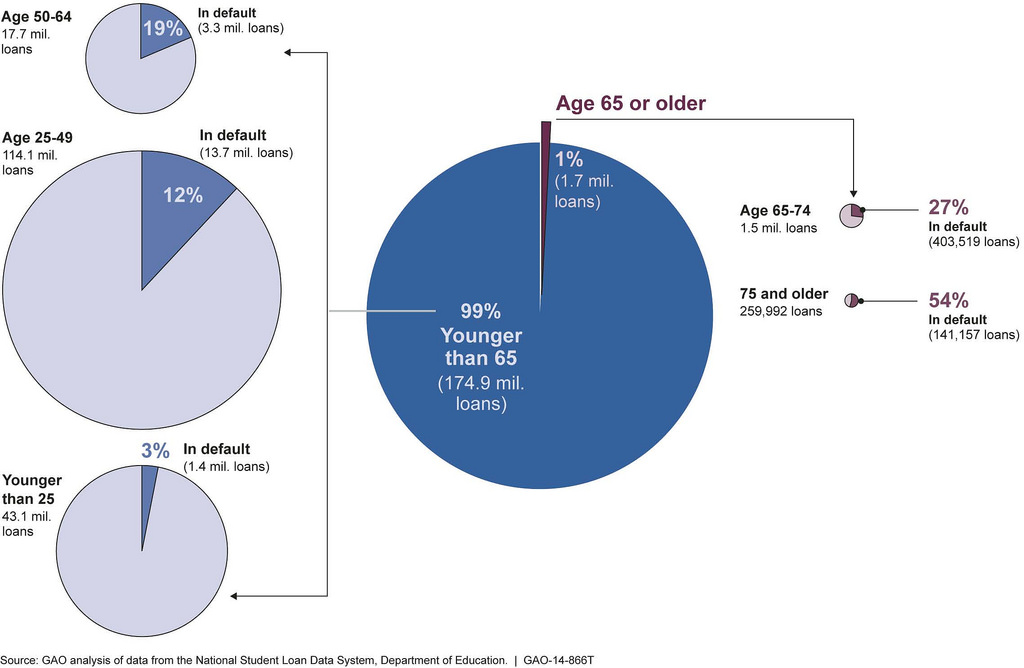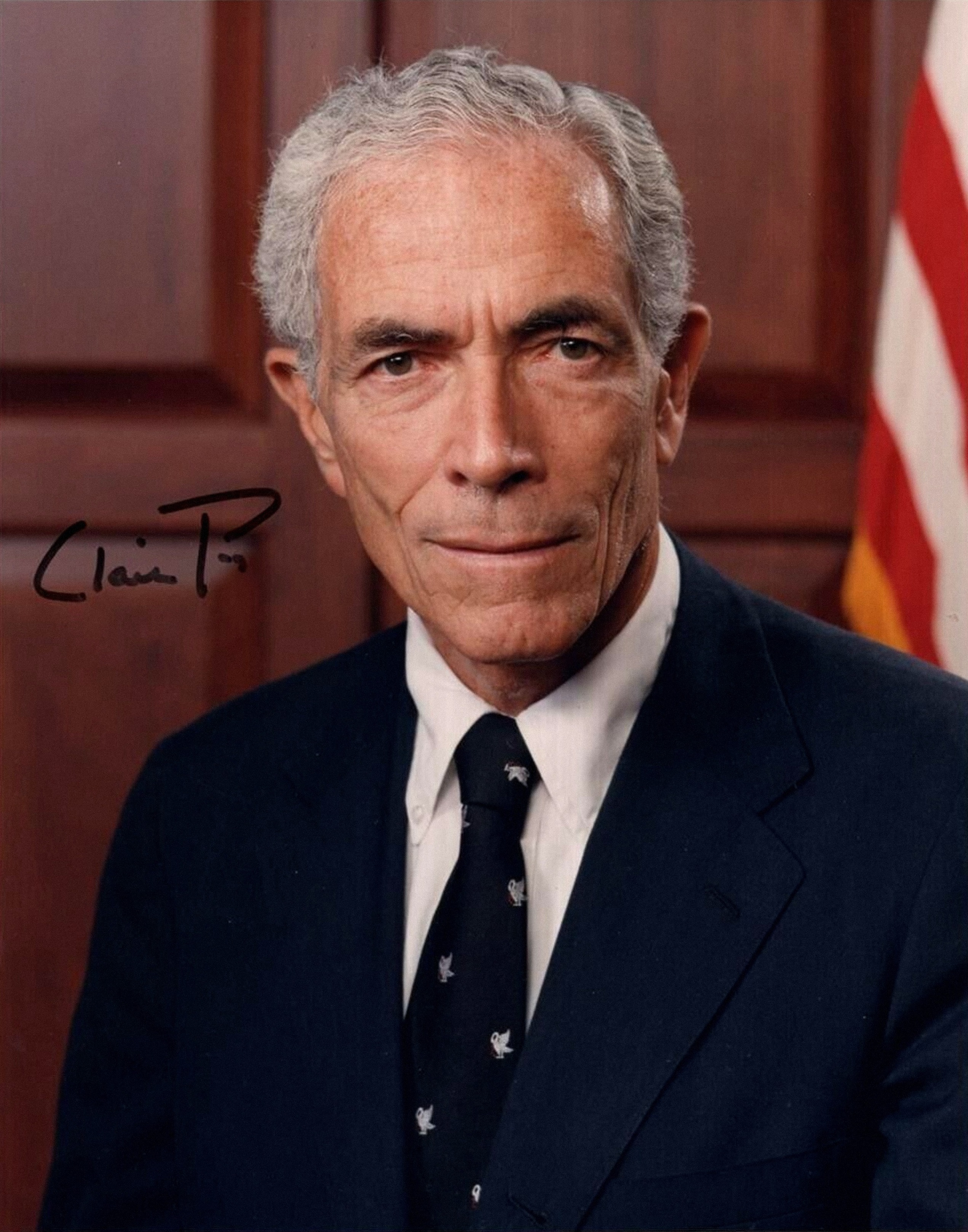|
Americorps Education Award
The AmeriCorps Education Award is granted to members who are serving, part-time or full-time, in participating programs through AmeriCorps. After completing a term of service, AmeriCorps members are eligible to receive the Segal AmeriCorps Education Award to pay education costs at qualified institutions of higher education, for educational training, or to repay qualified student loans. The current maximum award is $6,495.00 as of October 1, 2020. Serve America Act of 2009 The Serve America Act, implemented by Congress and effective October 1, 2009, made important changes to the Segal AmeriCorps Education Award. Changes include increasing the amount of the award by tying its value to the maximum Pell Grant, expanding its available uses, and authorizing transferability of the award for certain individuals. Though not all changes were implemented by October 2009, rules were finalized in 2010. Under the new act, the education award can be used to pay expenses while participating ... [...More Info...] [...Related Items...] OR: [Wikipedia] [Google] [Baidu] |
AmeriCorps
AmeriCorps (officially the Corporation for National and Community Service or CNCS) is an independent agency of the United States government that engages more than five million Americans in service through a variety of stipended volunteer work programs in many sectors. These programs include AmeriCorps VISTA, AmeriCorps NCCC, AmeriCorps State and National, AmeriCorps Seniors, the Volunteer Generation Fund, and other national service initiatives. The agency's mission is "to improve lives, strengthen communities, and foster civic engagement through service and volunteering." It was created by the National and Community Service Trust Act of 1993. In September 2020, the agency rebranded itself as AmeriCorps, although its official name is unchanged. Programs AmeriCorps delivers several programs designed to help communities address poverty, the environment, education, and other unmet human needs. The programs include: AmeriCorps VISTA AmeriCorps VISTA, or Volunteers in Service to Ameri ... [...More Info...] [...Related Items...] OR: [Wikipedia] [Google] [Baidu] |
Higher Education
Higher education is tertiary education leading to award of an academic degree. Higher education, also called post-secondary education, third-level or tertiary education, is an optional final stage of formal learning that occurs after completion of secondary education. It represents levels 6, 7 and 8 of the 2011 version of the International Standard Classification of Education structure. Tertiary education at a non-degree level is sometimes referred to as further education or continuing education as distinct from higher education. The right of access to higher education The right of access to higher education is mentioned in a number of international human rights instruments. The UN International Covenant on Economic, Social and Cultural Rights of 1966 declares, in Article 13, that "higher education shall be made equally accessible to all, on the basis of capacity, by every appropriate means, and in particular by the progressive introduction of free education". In Europe, Ar ... [...More Info...] [...Related Items...] OR: [Wikipedia] [Google] [Baidu] |
Student Loan
A student loan is a type of loan designed to help students pay for post-secondary education and the associated fees, such as tuition, books and supplies, and living expenses. It may differ from other types of loans in the fact that the interest rate may be substantially lower and the repayment schedule may be deferred while the student is still in school. It also differs in many countries in the strict laws regulating renegotiating and bankruptcy. This article highlights the differences of the student loan system in several major countries. Australia Tertiary student places in Australia are usually funded through the HECS-HELP scheme. This funding is in the form of loans that are not normal debts. They are repaid over time via a supplementary tax, using a sliding scale based on taxable income. As a consequence, loan repayments are only made when the former student has income to support the repayments. Discounts are available for early repayment. The scheme is available to citi ... [...More Info...] [...Related Items...] OR: [Wikipedia] [Google] [Baidu] |
Serve America Act
The Edward M. Kennedy Serve America Act or Serve America Act (Public Law 111-13 was introduced in the United States House of Representatives on March 9, 2009, by Representative Carolyn McCarthy of New York. Originally titled the Generations Invigorating Volunteerism and Education Act (GIVE Act), the bill reauthorizes and expands the AmeriCorps program that was first established in 1993. It passed in the House of Representatives on March 18, 2009. The U.S. Senate debated and approved an amended version of the bill on March 26, 2009, renaming it the Edward M. Kennedy Serve America Act, after Senator Ted Kennedy. The House of Representatives voted on the bill a second time, approving the amended version on March 31, 2009. It was signed by President Barack Obama on April 21, 2009. Volunteerism provisions Included in this bill are some major provisions related to improving volunteerism. First, five new service corps are created which address the needs of low income communities. These ... [...More Info...] [...Related Items...] OR: [Wikipedia] [Google] [Baidu] |
Pell Grant
A Pell Grant is a subsidy the U.S. federal government provides for students who need it to pay for college. Federal Pell Grants are limited to students with financial need, who have not earned their first bachelor's degree, or who are enrolled in certain post-baccalaureate programs, through participating institutions. Originally known as a Basic Educational Opportunity Grant, it was renamed in 1980 in honor of Democratic U.S. Senator Claiborne Pell of Rhode Island. A Pell Grant is generally considered the foundation of a student's financial aid package, to which other forms of aid are added. The Federal Pell Grant program is administered by the United States Department of Education, which determines the student's financial need and through it, the student's Pell eligibility. The U.S. Department of Education uses a standard formula to evaluate financial information reported on the Free Application for Federal Student Aid (FAFSA) for determining the student's Expected Family Contr ... [...More Info...] [...Related Items...] OR: [Wikipedia] [Google] [Baidu] |
Hope Credit
The Hope credit, provided by (b), was available to taxpayers who have incurred expenses related to the first two years of post-secondary education. For this credit to be claimed by a taxpayer, the student must attend school on at least a part-time basis. The credit can be claimed for education expenses incurred by the taxpayer, the taxpayer's spouse, or the taxpayer's dependent. Starting with tax year 2009, the Hope credit had been supplanted by the more generous American Opportunity Tax Credit. This credit allows for the first $1,200 in "qualified tuition and related expenses," as well as half of qualifying expenses between $1,200 and $2,400, to be fully creditable against the taxpayer's total tax liability. The maximum amount of the credit is $1,800 per eligible student. Qualifying requirements An eligible student must meet all of the following requirements to deduct the Hope credit: * be enrolled in one of the first two years of post-secondary education;or a trade school in ... [...More Info...] [...Related Items...] OR: [Wikipedia] [Google] [Baidu] |
Perkins Loan
A Federal Perkins Loan, or Perkins Loan, was a need-based student loan part of the Federal Direct Student Loan Program, offered by the U.S. Department of Education to assist American college students in funding their post-secondary education. The program was named after Carl D. Perkins, a former member of the U.S. House of Representatives from Kentucky. Perkins Loans carried a fixed interest rate of 5% for the duration of the ten-year repayment period. The Perkins Loan Program had a nine-month grace period, so that borrowers began repayment in the tenth month upon graduating, falling below half-time status, or withdrawing from their college or university. Since the Perkins Loan was subsidized by the government, interest did not begin to accrue until the borrower began to repay the loan. In the 2009–2010 academic year, the loan limits for undergraduates were $5,500 per year with a lifetime maximum loan of $27,500. For graduate students, the limit was $8,000 per year with a li ... [...More Info...] [...Related Items...] OR: [Wikipedia] [Google] [Baidu] |
Title IV
Title IV of the Higher Education Act of 1965 (HEA) covers the administration of the United States federal student financial aid programs. American colleges and universities are generally classified with regard to their inclusion under Title IV, such as under the U.S. Department of Education statistics. Content Title IV was one of eight titles: *Title I, General Provisions; *Title II, Teacher Quality Enhancement; *Title III, Strengthening Institutions; *Title IV, Student Assistance; *Title V, Developing Institutions; *Title VI, International Education Programs; *Title VII, Graduate and Postsecondary Improvement Programs; and *Title VIII, Additional Programs. Title IV contains nine parts that authorize a broad array of programs and provisions to assist students and their families in gaining access to and financing a postsecondary education. Programs authorized under this title are the primary sources of federal aid supporting postsecondary education. The act is sectione ... [...More Info...] [...Related Items...] OR: [Wikipedia] [Google] [Baidu] |



